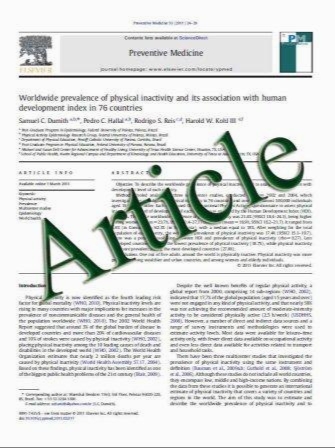MRI performed after intratympanic gadolinium administration in patients with Me´nie`re’s disease: correlation with symptoms and signs
- نوع فایل : کتاب
- زبان : انگلیسی
- مؤلف : Francesco Fiorino Francesca B. Pizzini Alberto Beltramello Franco Barbieri
- چاپ و سال / کشور: 2011
Description
The objective of the study was to compare the outcomes of a series of diagnostic parameters in Me´nie`re’s disease (MD) patients with the extent of endolymphatic hydrops (EH) as shown by magnetic resonance imaging (MRI) performed after intra-tympanic gadolinium administration using 18 patients (13 males and 5 females, age 25–78 years, median age 54.3 years) with definite MD. A 0.6-ml solution of Gadobutrol (1 mmol/ml) diluted 1:7 in saline was injected through the inferior-posterior quadrant of the tympanic membrane, using a 22-gauge spinal needle. The patient was kept with the head rotated 45 contralaterally for 30 min after the injection. Twenty-four hours later, three-dimensional fluid-attenuated inversion recovery MRI, using a 3-Tesla unit, was performed. Prevalence and extension of EH in MD patients was evaluated and correlated with age, duration and stage of the disease, frequency of attacks, time interval from the last attack, functional level scale, tinnitus, aural fullness, caloric stimulation, electrocochleography, and vestibular evoked myogenic potentials. All patients showed impaired enhancement of the inner ear of variable degree with the vestibular portion of the labyrinth more frequently involved than the cochlea. Abnormal vestibular evoked myogenic potentials, duration, and stage of the disease were significantly correlated to the number of inner ear sites involved. Modern imaging makes possible the identification of the endolymphatic hydrops in MD patients, improving diagnostic accuracy. The role of hydrops in the clinical manifestations and its correlation with most of the diagnostic parameters remain, however, not completely clear.
Eur Arch Otorhinolaryngol (2011) 268:181–187, Received: 12 March 2010 / Accepted: 25 July 2010 / Published online: 10 August 2010 Springer-Verlag 2010


